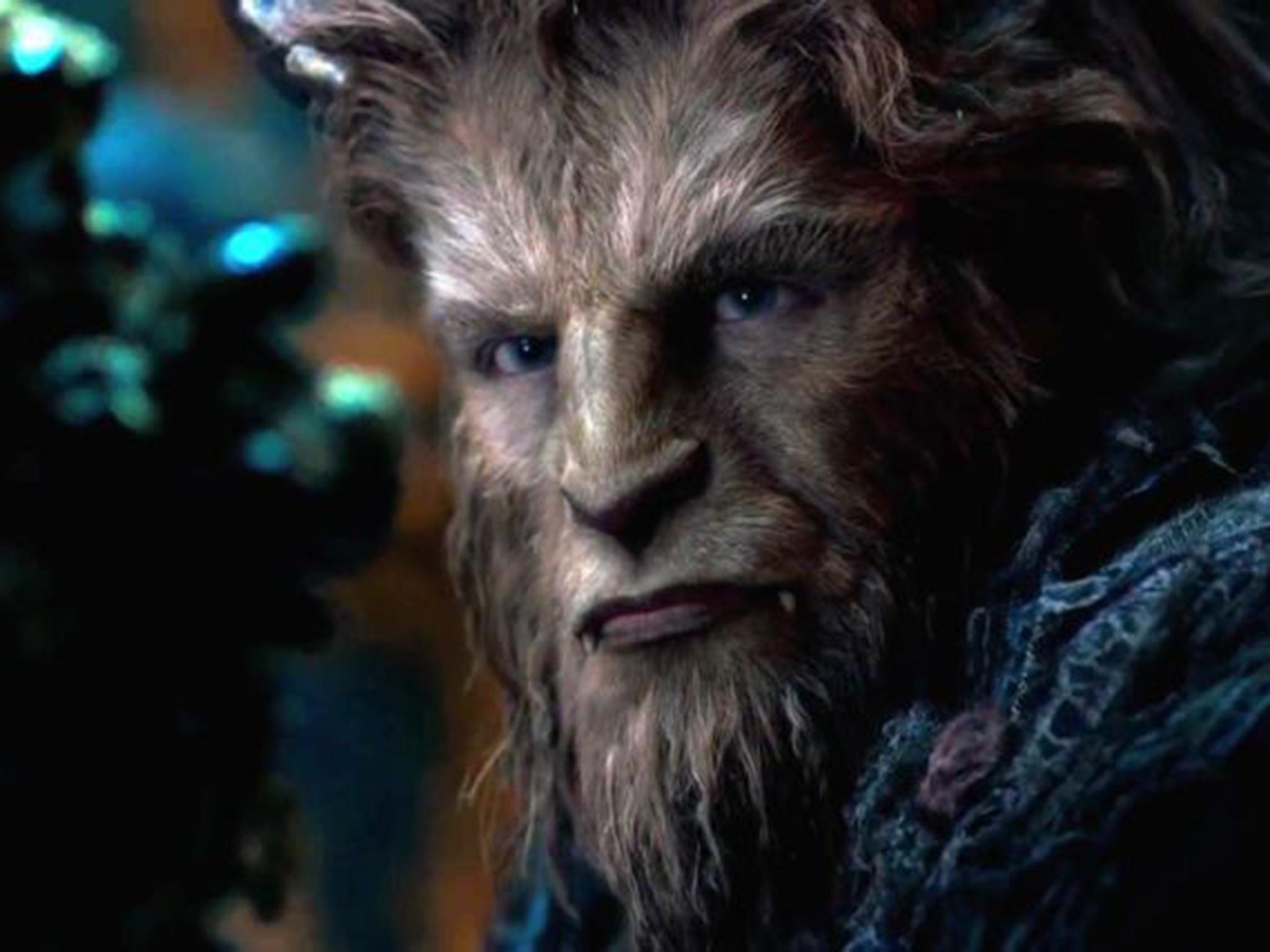The Independent's journalism is supported by our readers. When you purchase through links on our site, we may earn commission.
How to overcome negative reactions to facial disfigurement
We judge other people far too readily on their appearance, but succumbing to stereotypes associated with the way people look is a kind of discrimination we need to unlearn

The classic fairy tale Beauty and the Beast is hitting the big screens again in a new adaptation. In the traditional story, Belle is taken captive by the Beast in his castle. As she comes to know him, she learns to look beyond his outward appearance and to fall in love with the true person underneath. When Belle declares her love for the Beast, he is transformed back into the handsome prince he was before a wicked fairy cast a spell on him. They both live happily ever after.
The message is clear: inner character is more important than outward appearance, and looking beyond physical ugliness can lead to true happiness in a relationship.
And yet, in popular culture, an unattractive or disfigured person is usually depicted as a villain with a warped personality. Take the Joker in Batman; Darth Vadar in Star Wars; Lord Voldemort, the enemy of Harry Potter; Quasimodo, the hunchback of Notre Dame, or the Phantom of the Opera. Even in Beauty and the Beast, the person with a disfigurement is really a handsome prince under a spell who is transformed back into his true self at the end of the story.
In real life, there is plenty of evidence to suggest that we judge other people far too readily on their appearance. My own research in 2012, building on previous research by others, compared the way we react to photographs of people depicted with facial disfigurement.
When participants in our study were shown photos of people with facial disfigurement, they judged those people to be less outgoing, competitive and assertive than the same people when shown in images without facial disfigurement. They were also judged to be more sensitive and emotional, to be a follower rather than a leader, and were expected to be more warm and trustworthy.
However, these somewhat negative views of people with facial disfigurement contrasted with positive views of people shown with a different type of impairment – restricted mobility. When shown a picture of a man without facial disfigurement sitting in a wheelchair, participants in our study judged him to be more outgoing, competitive and assertive than the picture of the same man standing up. He was also judged to be more intelligent and decisive, better able to cope with pressure and have more initiative. So in the same study, participants showed positive discrimination towards a person using a wheelchair, but negative discrimination towards a person shown with facial disfigurement.
Photography: Exercises in vanity are finding new life
Show all 3In a second study I was involved with, my colleague and I found discrimination in recruitment against people who declared a facial disfigurement on their application. They were less likely to be invited to an interview or to receive a call to discuss their application. However, this was only for jobs requiring a higher degree of customer contact, such as a salesperson or receptionist. Other studies have also suggested that people with facial disfigurements might encounter discrimination in employment, such as being rated less favourably after an interview.
Under the Stereotype
This paints a bleak picture, but discrimination against people with facial disfigurement is not inevitable and we can overcome our instinctive reactions and unlearn our negative stereotypes.
In my research, I have observed that people who have a personal acquaintance with a disfigurement have less prejudicial reactions to photographs of strangers with a facial disfigurement. They experience fewer negative emotions, and rate people with facial disfigurements higher on a variety of skills and desirable traits than others who don’t know people with a disfigurement.
Some researchers have suggested that this might be due to two underlying reactions we have to people with a disfigurement. One is an instinctive reaction, learnt from the repeated associations of disfigurement with negative qualities that we see presented within popular culture, that leads to avoidance and discomfort. The other is a process of reflection by which we can overcome the initial negative reaction and consciously choose to avoid stereotypes.
We can unlearn our negative stereotypes by becoming aware of them, recognising that they are unfounded, and thinking about the kind of behaviour we want to show.
In the story of Beauty and the Beast, Belle gets to know the Beast over a period of time and so she learns to look past his appearance and appreciate his noble character. An interesting alternative is the story of Shrek, in which the half-human and half-ogre princess Fiona finds her true love and her true form as a full-time ogre. In this role-reversal, it is the love of the ogre Shrek which helps her to decide who she wants to be – and she chooses ogre.
is a senior lecturer in psychology at the University of East London. This article first appeared on The Conversation
Subscribe to Independent Premium to bookmark this article
Want to bookmark your favourite articles and stories to read or reference later? Start your Independent Premium subscription today.

Join our commenting forum
Join thought-provoking conversations, follow other Independent readers and see their replies